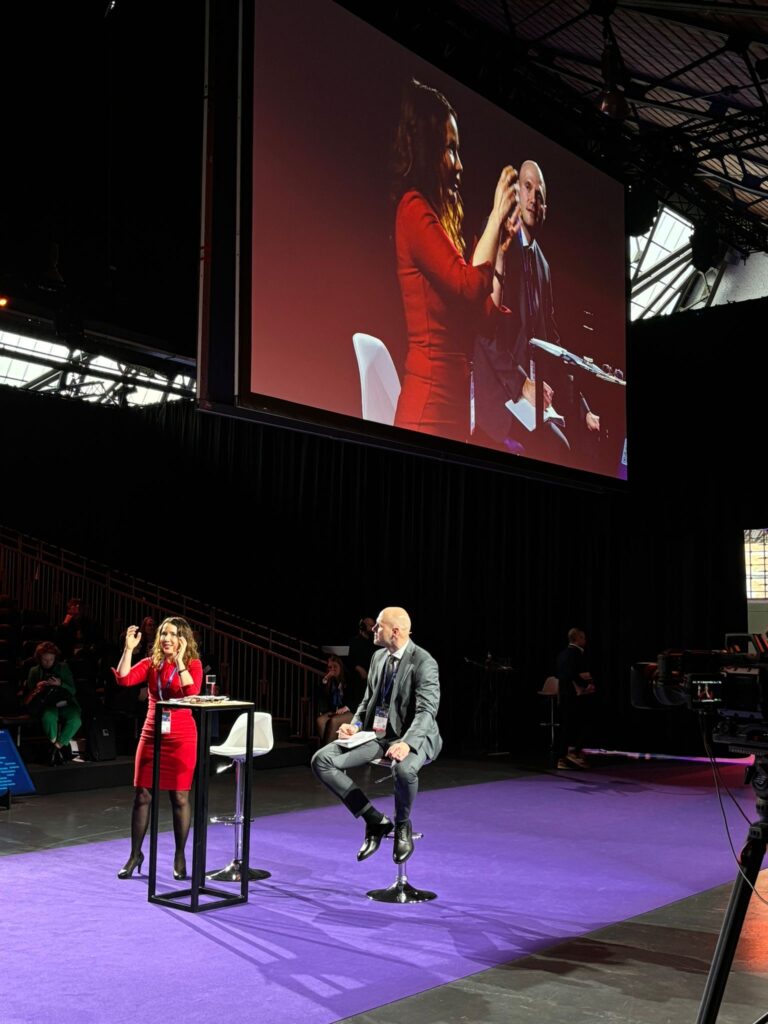BUILD shares learnings on innovation procurement at the Research and Innovation Week 2024
The Research and Innovation Week 2024, held from March 18 to 21 at Tour & Taxis, Brussels, was a pivotal platform for deliberating the future trajectory of Research and Innovation (R&I) in Europe. Amidst the discourse on past achievements and future strategies, the event spotlighted the important role of innovation procurement in propelling the green transition agenda of European public authorities. It focused on key learnings and barriers gathered from practical experiences, as well as the main achievements and wishes that experts shared.
The Innovation Procurement panel discussion featured esteemed speakers, including Dominique Sandy, Valentina Schippers-Opejko, Teuta Cakolli, and Robert Miskuf. This session not only underscored the crucial nexus between innovation procurement and climate transition but also provided a platform for sharing insights and best practices garnered from practical experiences.
It takes two to tango: The importance of public and private dialogue on innovation adoption
Robert Miskuf, the CEO of PEDAL Consulting, a consortium partner in BUILD and PROCEDIN projects, shed light on the challenges and opportunities in innovation procurement based on the ongoing projects’ activities and research.
“It takes two to tango,” remarked Miskuf, emphasizing the necessity of empowered procurers and courageous suppliers for successful innovation procurement. He highlighted the importance of peer learning and hands-on training in building capacities on both sides, emphasizing the efficacy of transparently sharing experiences, including setbacks. The more hands-on the training, the better, as knowledge and experience shared and transferred by professionals who have “been there and done that” will always be more effective than training built from theoretical knowledge.

BUILD’s local training sessions are the practical application of this concept: teaching innovation procurement tools by presenting real use cases, with all their challenges, benefits, and lessons learned. Transparently sharing experiences about what went wrong and why has the same value, if not greater, as teaching others how it should be done according to the manuals.
Barriers to Innovation Procurement are well established and studied
What are the key barriers hindering the procurement of innovative solutions? They can range from risk aversion, poor involvement of innovative small and medium-sized enterprises to the lack of awareness about procedures and available tools. If the barriers are well-documented and recurrent across different public procurement office settings, so too are the solutions, in theory. Yet, in practice, their application demands more time, hands-on experience, and expert guidance. They include pragmatic resolutions, advocating for a cultural shift towards innovation, investments in capacity building, and fostering collaboration through staff exchanges and pilot projects.
Empathy Map: Think like a public procurer
An interesting tool to step into procurers’ shoes was the empathy map, conducted within the framework of the BUILD Project. The functionality of this exercise lies in displaying the nuances of public procurers’ different perspectives. By understanding their needs, challenges, and decision-making processes, the project has been able to tailor strategies that resonate with their realities, thus enhancing the efficacy of innovation procurement initiatives.
Improving Innovation Procurement with a magic wand
If you had the chance, how would you wield a magic wand for public procurement of innovation? Robert Miskuf had a clear wish: greater empathy between procurers and suppliers of innovative solutions. Once you speak the same language and there is a reciprocal understanding of motives and contexts, many opportunities can be unlocked, transcending the conventional business-to-government dynamics. Because in the end, even though we gave it the “B2G” (Business to Government) label, it’s a “people to people” business model.

